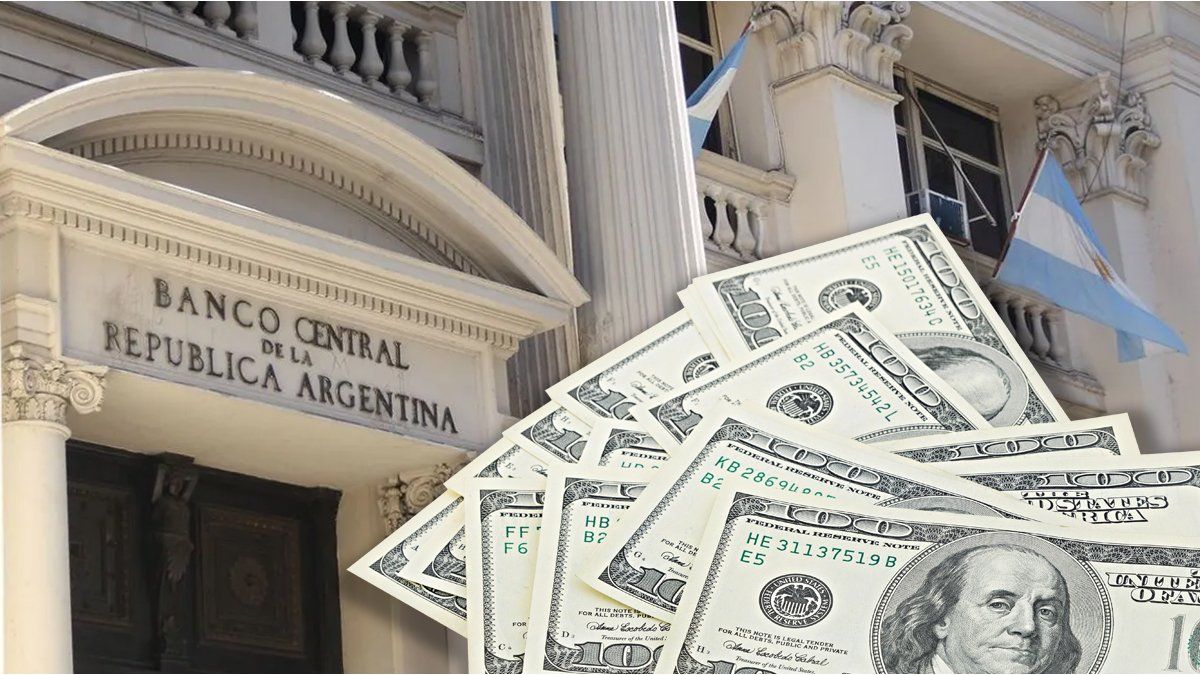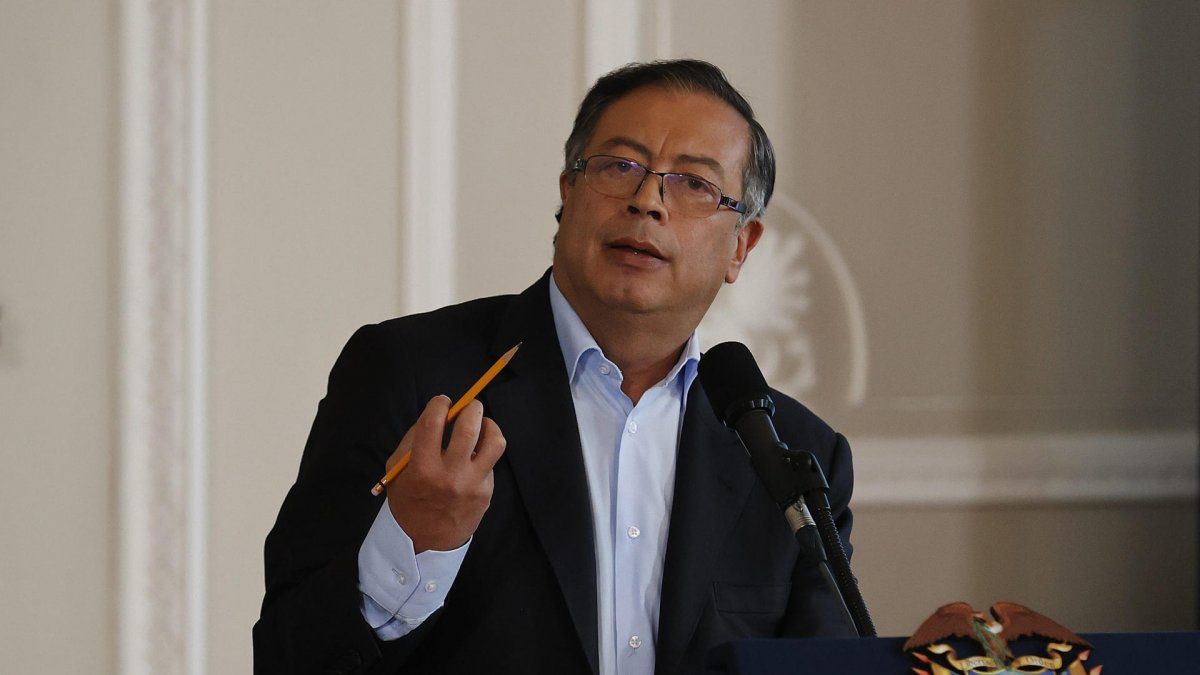One of the elements that is least agreed upon in Luis Caputo’s economic program is the lack of dollars and how he will rebuild the BCRA’s reserves. The market identifies four key issues to be resolved.
BCRA dollars are scarce for the market.
ambito.com
He Central Bank (BCRA) is showing increasing difficulty in buy dollars and accumulate reserves in the official exchange market. In fact, this Tuesday marked a positive balance of only US$3 millionthe lowest of the last five days, although the Reservations have risen in recent days for an increase in prices of some of the assets that compose them, such as the yuan and gold.
The content you want to access is exclusive for subscribers.
In this context, the city warns about the main problems that the BCRA faces in purchasing dollars these days:


- a lagging exchange rate which threatens the progress of the harvest liquidation,
- the systematic intervention in the financial dollar market to control the exchange rate gap,
- the fall of the international soybean prices,
- he payment of imports.
Dollar blend and “crawling peg” delayed
With the Continuity of the dollar blendthe new one in payment of two installments of imports and the intervention that the BCRA can carry out to ‘sterilize pesos’ and without incorporating money laundering, Net international reserves would continue to deteriorate in the remainder of the year to reach levels similar to those of a year ago, if the scenario does not change,” said the EcoGo consultancy.
Analysts warn that The “crawling-peg” is becoming unsustainable and “a currency jump is becoming more and more inevitable”but the big question is how it is done, if some exchange restrictions are lifted or a devaluation is applied. It is an essential element to encourage grain sales, which are very slow.
BCRA reserves: soybean prices are a cause for concern
Added to this is the fact that They are concerned about the effects of the workers’ strike which limits the income of foreign currency from exports and the price of soybeans, which is at rock bottom.
He international price of soybeans, whose greatest reference is obtained in the Chicago market, This Tuesday it closed at around US$360reaching new 18-year lows in real terms. This Wednesday there was a slight improvement to US$363, but the declines have been repeated almost without interruption since May and there is no reason to think that it will recover the lost ground. Meanwhile, corn fell 1.5% to $148.72 and wheat retreated 1.5% to $194.28 on Tuesday.
The second half of the year is usually weak and foreign exchange intervention puts more pressure on the economy.
In this context, analysts point out that the second half of the year is seasonally unfavorable for the accumulation of reserves by the BCRA, and to this is added the fact that The Government does not give any signs of a change in the exchange rate policy in the short termIn this regard, investors see several sources of external pressure, among which intervention in the CCL and MEP dollar markets is a key element.
Payment for imports, another key issue
But also to the easing of access to the MULC for importers that puts pressure on them in the short term. According to some city sources, the intervention and the payment of imports would add up to a higher demand for foreign currency of US$6 billion. In this context, there is no possibility of accumulation in the second half of the year.
Source: Ambito
I am a 24-year-old writer and journalist who has been working in the news industry for the past two years. I write primarily about market news, so if you’re looking for insights into what’s going on in the stock market or economic indicators, you’ve come to the right place. I also dabble in writing articles on lifestyle trends and pop culture news.




